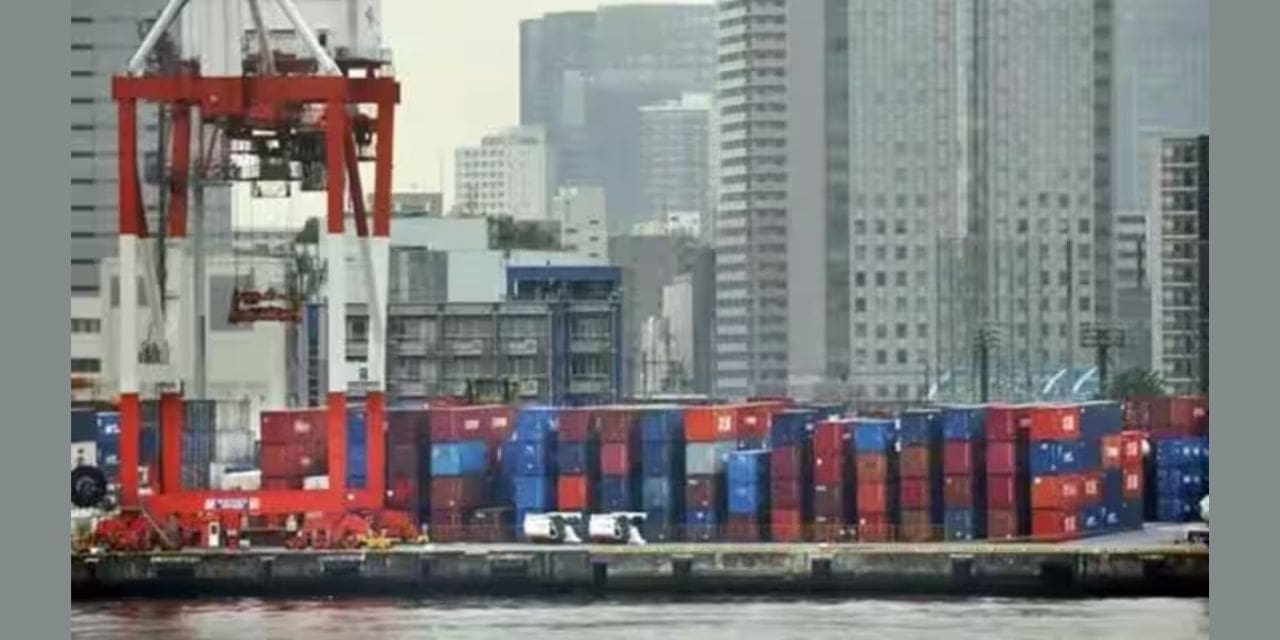Today’s meeting in Semarang, Indonesia, will mark the beginning of the formal ministerial review of the bilateral free trade agreement that the two countries inked more than thirteen years ago.
Commerce and Industry Minister Piyush Goyal had previously said that the pact was the “most ill-conceived one” due to the unequal profits accrued to either party in it (with Asean benefitting and India losing).
On January 1, 2010, the Asean-India Trade in Goods Agreement (AITGA) came into effect, establishing one of the largest free trade zones in the world. The ASEAN-India Trade in Services Agreement and another agreement on investments, both of which went into effect in 2015, came next.
For many years, the AITGA review has been under contemplation. A joint review committee has been established. The joint committee has held two sessions on the matter so far, the person said.
India began requesting a review of the goods agreement five years after it was activated, and the scope of the review was initially addressed in 2015. Despite the fact that Asean would benefit greatly from it, their leadership has been dragging its heels because it was not a top priority. 2019 saw the ultimate approval of the review. The review’s scope was decided upon by 2022. It included enhancing its simplicity, use, and trade facilitation.
India claims that non-reciprocity in FTA concessions, non-tariff barriers, import rules, and quotas have limited its ability to sell to Asean. Another demand made by India is that Asean comply strictly to the agreement’s Rules of Origin clauses.
Rules of origin regulations specify how much value must be added to a product in the exporting nation in order for it to be eligible for reduced import duties in the receiving nation.
India is leery of nations who route their goods through Asean but are not party to the trade deal. Through the Asean China Trade and Goods Agreement, the association enjoys a considerably stronger economic relationship with China. India agreed to remove tariffs on 75% of its tariff lines and reduce tariffs on 88.7% of its lines as part of the Asean trade pact. Most of the bloc’s members matched these commitments, although Indonesia, the largest economy in Asean, only removed duties on 50% of its tariff lines and consented to tariff reduction on 67%.
India adopted a defensive stance in the agricultural sector, maintaining high levies while making greater concessions in the industrial sector. Less tariff reductions were provided by Asean for industrial goods such vehicles, machinery, and transportation equipment.
India’s exports to Asean grew to $25.7 billion in the first full year of the FTA in 2010–2011 from $ 18.11 billion the year before. The abrupt increase in exports of petroleum products was a major factor in the increase that was observed. Since then, India’s exports of livestock and marine products have seen increase, whereas growth in other industries like chemicals, equipment, and steel has been quite minimal. The total value of Indian exports to Asean in 2022–23 was $ 44 billion.

